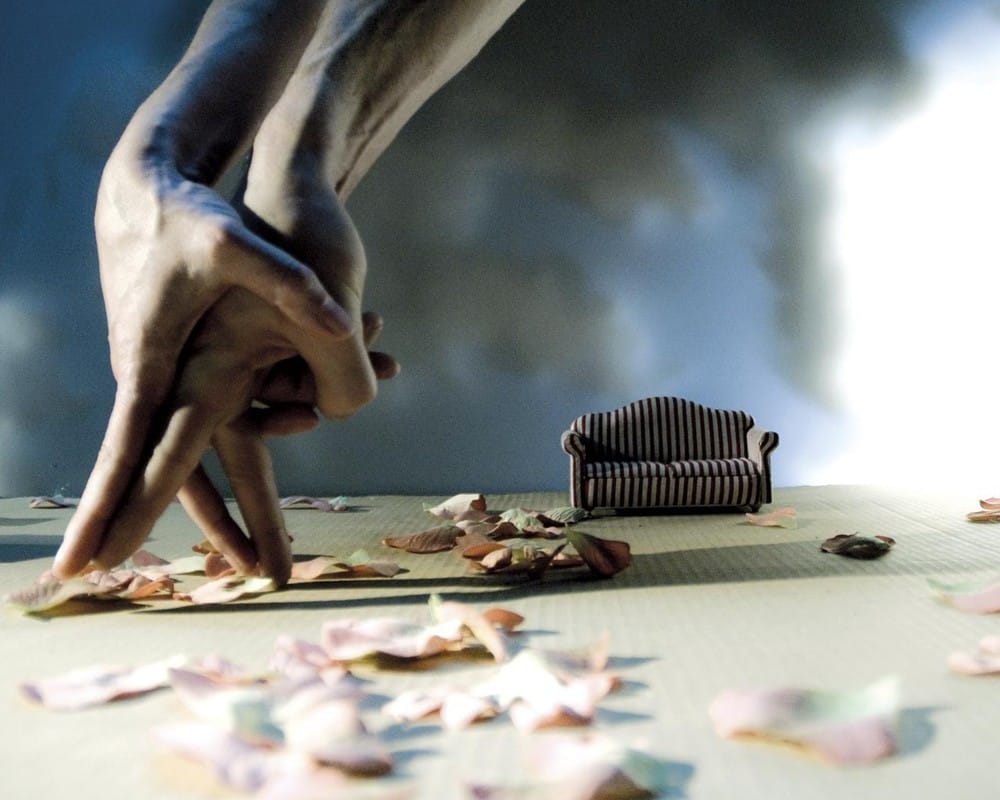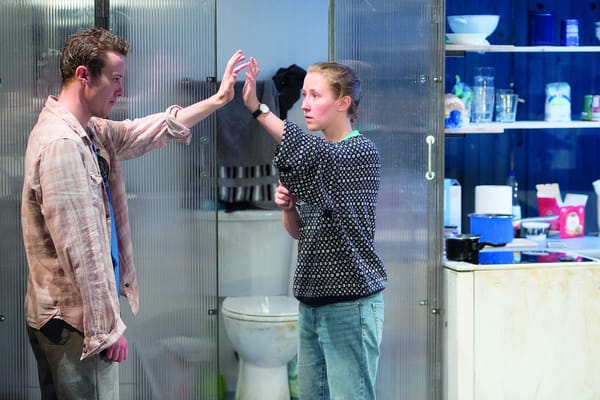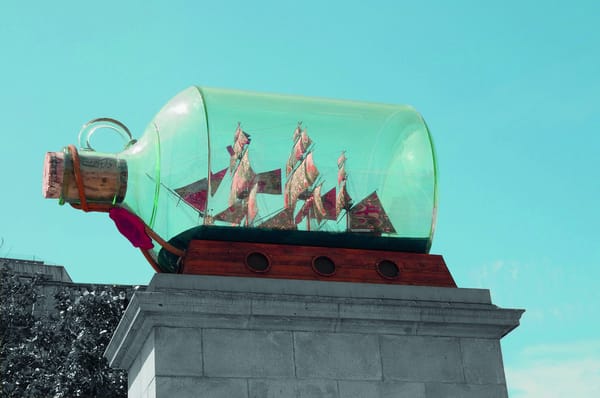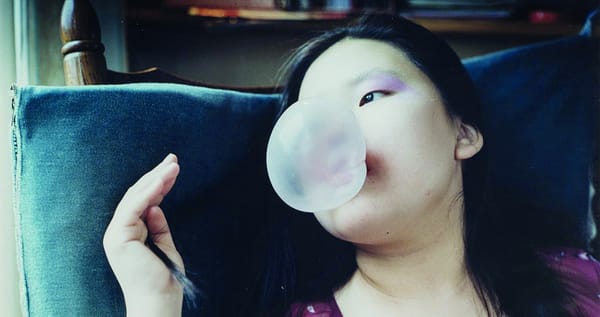Kiss and Cry | An exploration of stage-craft and isolation
Jaco Van Dormael and Michéle Anne De Mey's short piece shows off choreography, cinematography, and lighting to dazzling effect

Jaco Van Dormael and Michéle Anne De Mey, the husband-and-wife team behind Kiss and Cry, have taken the ‘Mime’ of the ‘London International Mime Festival’ – of which their piece is a part – and stretched the definition to its absolute limit. Kiss and Cry, which consists of a single 80-minute piece, incorporates dance, stagecraft, cinematography, and storytelling to impressive effect; it’s a far cry from the traditional idea of mime, with its associations of face-paint and striped shirts.
The production, which was choreographed by De Mey and Grégory Grosjean, tells the story of a woman’s life, and the five loves that marked it. The main artistic twist is that these characters are not represented by entire people, but rather the dancers’ hands, which skate across table-tops and over scenery with grace. While this choice might seem strange, it allows the team to straddle the fine line between high art and humour: at many points in the show, we forget that we are seeing hands, which become more like abstract forms, onto which we can project a multitude of emotions; at other times, however, the team are able to use the hands’ intrinsic comedic nature to bring things back down to earth, avoiding the pretentiousness that can often accompany modern dance.
The fact that you can see all these worlds being constructed on stage, rather than puncture the escapism, actually heightens it
This dual nature is reflected by the script, which contains wry observations on love and loss – a sample: ‘love is like a cheese-grater: only good for cheese’. These similes abound throughout the production, and while some land, others certainly do not. But this is no real matter: where Kiss and Cry really electrifies is in its use of stagecraft. Taking place in the Barbican’s cavernous theatre, the hands of the dancers are miniscule against the open space, so the crew tote around a number of cameras, which project the action on the big screen above the stage. Incorporating light, sound, and colour, the team manage to produce a dizzying array of settings for the hands’ journeys, from underwater dream-sequences, with splashes of ink forming billowing anemone-like structures, to an ice-skating rink which is itself broadcast on a tiny television in a model living room. One of the most stunning parts of the production takes place against a train window, where shuttling lights and water-speckled glass create the illusion of a carriage rattling through the inky darkness.
The fact that you can see all these worlds being constructed on stage, rather than puncture the escapism, actually heightens it – it allows us to see the thought that went into each scene, as well as the relatively-simple methods used to dazzling effect. But at points De Mey and Van Dormael seem to be trying to have their cake and eat it too: there are various sections of the piece in which the story is abandoned in favour of pure abstract explorations of stagecraft; these jar with the narrative journey we are being taken on, and mean that the production – which runs through swiftly on the whole – can begin to feel like its dragging. The crew would be better off choosing one of the two options – narrative journey or abstract mise-en-scène – and sticking with it. But these are small issues in a production that overall manages to pack far more wonder into 80 minutes than many others do in double the time.








